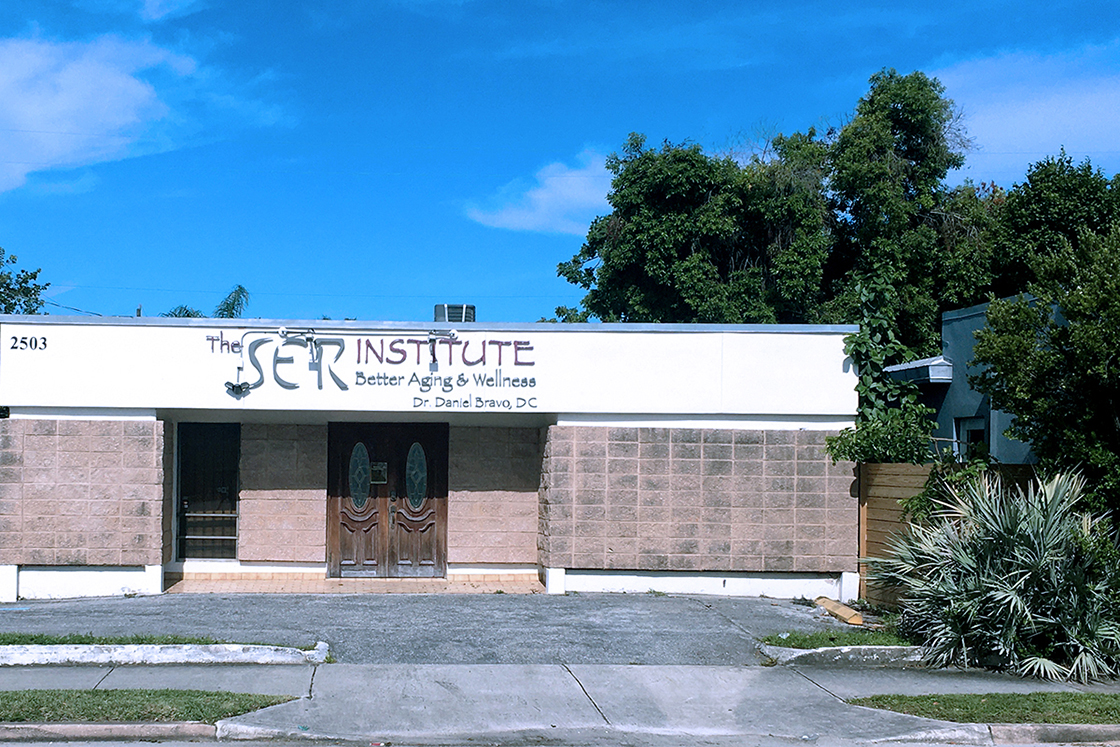The spine is our physical backbone. The spinal fluid, however, is something vastly different, yet as important as the spine is in its physical function.
The spine starts at the base of the skull, continues down in a series of interlocking vertebrae to the solid triangular bone called the sacrum, and ends at the coccyx.
The cerebrospinal fluid is a liquid substance only seven to eight one-thousandths heavier than the specific gravity of distilled water. It is the fluid which maintains a constant flow between the brain through the spinal cord, and enables every nerve in the body to bathe its nerve cells in it constantly.
The eyeballs are filled with cerebrospinal fluid. In order to better understand the far-reaching influence and effects of this important spinal fluid, one should visualize its main location and means of distribution.
In the skull, surrounding the brain, we have, to the touch, the outer bone of the cranium on which the hair grows. Immediately underneath this bone there is an attached membrane known as the dura mater, which has a spider-web like, fine membrane known as the arachnoid. The arachnoid, in turn, forms the "outer" wall of the canal which encircles the brain and the entire spinal cord. The "inner" wall of the canal is likewise supplied with the same kind of membrane, which is known as the subarachnoid. The subarachnoid, in turn, is attached to a delicate and highly vascular membrane of connective tissue known as the pia mater, which envelops the brain and the spinal cord, completing the canal in which the cerebrospinal fluid circulates. These membranes, from the dura mater inward through the pia mater, enable the blood and the nerves to have free access to this vital fluid.
The spinal fluid is constantly charged with a tremendous amount of energy, without which its effect could not reach even part of the anatomy. This energy is obtained directly from the hypothalamus, whose function it is to administer energy throughout the body.


